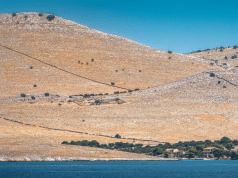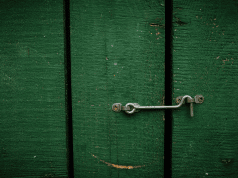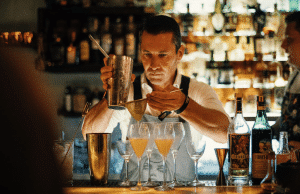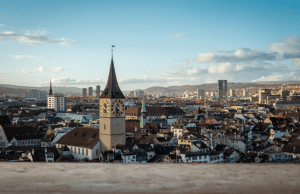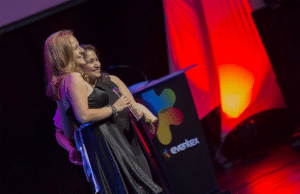The methodology for creating memorable events
Every events planner’s wish is not only to satisfy the participants’ needs, but also to inspire them. The power of events lies in the co-creation and the contact of participants with the organiser’s idea. The moment when a spark of creative energy is lit between participants and organisers is limited and therefore requires careful planning.
The process of planning events at our agency is simply called “Power to the meetings”. Even with events we need a very strong skeleton for good composition. The methodology that we use is based on many years of experience and is inspired by the Danish Meetovation methodology. In order to develop the positive experience of the participants we follow the logical phases by using a variety of tools integrated in every event and led by certain rules that can only be learnt by time and through experience.
The secret and essence of events remains good stories. The best are simple, clear and sincere, and because it speaks to the heart and soul the basic story must grab the participants at first glance. Such stories are those that separate meetings logistics experts from meetings architects. The first are adherents of the beaten tracks, while the others are looking to create something new, passionate and exciting.
Practical tool: Event content canvas
In this phase we come up with the concept for the participants’ experience. Step by step we guide participants through all the experiences that are written down in the form of a script. In it we also include the user experience in the field of communication. We finally test the scenario on a group of test participants.
Practical tool: Scenario of user experience
Branding is the tool for the construction of visibility of the event by using the name, image and symbols as a kind of fingerprint of a desired identity. It is a part of existence as it is understood or decoded by the participants and it represents an important part of the event development. The result of a carefully planned branding is the reputation as a clear measurement for brand and image of the event.
Practical tool: Brief for brand of the event
With rhythm we gather together the different parts of the event and put them into a meaningful chronology. Instead of tones we use programme segments with greater and lesser attention of participants. People react instinctively to rhythm, so thinking about the rhythm of the event is one of the elementary duties of the organiser.
Practical tool: Programme scheme
CREATIVE SET UP
You need to support an appropriate environment to start off the debate among participants. Speakers are mostly the motivators and provocateurs. Different venue set ups like “open space”, “open fishbowl” or “word café” will all instantly improve the communication and set it on a higher level, compared to the traditional classroom set up. In collaboration with the architects we visualize our experiences and prepare them for implementation.
Practical tool: Visualization of space (floor plan, 3D animation)
SPEAKER MANAGEMENT
As organisers we have to make sure the speakers are informed and prepared. At the forefront is not only the transfer of knowledge and experiences, but also the importance of speakers also including in their work the interaction with participants. Depending on what we want to achieve, we advise the usage of different programme formats (Pecha Kucha, TEDEx, elevator pitch,…). Having an appropriate moderator that will connect the programme segments is also crucial for the success of the event.
Practical tool: Instructions for speakers
CO-CREATION
We learn the most when we do it ourselves. In our opinion a precondition for the active involvement of the participants is to use the method of experiential learning. Before that we have to explore and get to know the participants’ needs and wishes. This stage of the process requires careful planning, starting from the content that through different methods (workshops, hand zone) and technical devices we bring closer to participants (Sli.do).
Practical tool: Disposition of experimental points of the event
AUTHENTICITY
‘Genuine’ is all that is authentic. We all love to look and create unique experiences that are nothing but authentic and nicely spiced up nostalgic stories. Authentic cuisine, music, special historical sites and cultural history are at the core the elements of every successful event, from incentives to big congresses. Participants like to return back to nature, get to know the authentic way of life, feel real feelings, smell original smells and experience special venues.
Practical tools: Matrix “Off the beaten MICE track”
GREEN THINKING
Our agency is the author of recommendations for organising green meetings, which are used as standard bearers by the Slovenian Convention Bureau. We urge clients to plan, execute and evaluate sustainable measures together. Sustainable measures are implemented in the venue decision, transport of participants, the culinary offer for participants, communication, materials and the technical execution of the event.
Practical tool: Matrix of sustainable measures for the organisation of events
ROI
Participation in an event is under the microscope, marketing budgets are shrinking and directors require maximum ROI. That which cannot be measured, cannot be managed. So how do we do it? We carry out targeted surveys among stakeholders to regularly check the satisfaction of key stakeholders.
Having participants in mind, it all starts with clear goals and expectations. If there are no goals, it is easy to say everything went well. Setting goals is a must, as only this way can you truly measure what has been achieved. An important part of ensuring high profitability is also generating a feeling of quality.
Practical tool: Surveys for the measurement of ROI of events



